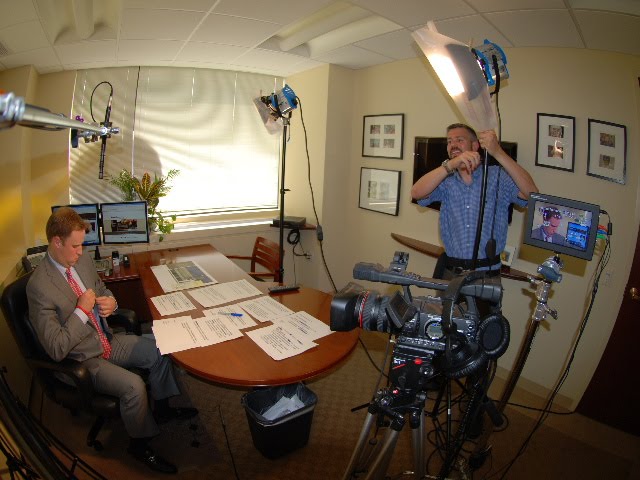
In filmmaking, the rehearsal process is where magic begins. It’s where scripts come to life, characters evolve, and stories take shape. While rehearsals are often seen as a preliminary step, their importance cannot be overstated. Effective rehearsals are key to a successful production, enabling actors to fully inhabit their roles and deliver performances that resonate with authenticity and depth.
Here’s an insightful look into the art of rehearsing with actors, exploring techniques to maximize the impact of your rehearsals and elevate your film to new heights.
1. Create a Safe and Collaborative Environment
A successful rehearsal starts with fostering a safe and collaborative atmosphere. Actors need to feel comfortable exploring their characters and experimenting with different approaches without fear of judgment. As a director, it’s crucial to encourage open dialogue and be receptive to actors’ ideas. Creating a space where actors feel valued and supported leads to more dynamic and genuine performances.
2. Understand the Script Deeply
Before diving into rehearsals, ensure that both you and your actors have a deep understanding of the script. Discuss the themes, objectives, and subtext of each scene to align everyone’s vision. A thorough script analysis helps actors grasp their characters’ motivations and relationships, setting a solid foundation for their performances.
3. Start with Table Reads
Table reads are an essential first step in the rehearsal process. They allow actors to read through the script together, focusing on dialogue and character interactions without the distraction of staging. Use this time to explore the script’s rhythm and identify any areas that may need adjustments. Table reads also help actors get a sense of the overall tone and pace of the film.
4. Encourage Improvisation
While sticking to the script is important, allowing room for improvisation can lead to remarkable discoveries. Encourage actors to experiment with their lines and actions, as improvisation can reveal new dimensions of a character and provide fresh insights into the scene. Be open to these spontaneous moments, as they can enhance the authenticity and spontaneity of the performances.
5. Focus on Character Development
Rehearsals are the perfect opportunity to delve into character development. Work with actors to explore their characters’ backgrounds, goals, and conflicts. Use exercises and discussions to uncover the nuances of each character’s personality and relationships. The more developed the characters, the more compelling and believable their performances will be.
6. Practice Blocking and Movement
Once the actors have a firm grasp on their characters, shift the focus to blocking and movement. Blocking refers to the precise staging of actors in a scene, including their positions and movements. Effective blocking helps to visually communicate the story and enhance the overall composition of each shot. Rehearse blocking thoroughly to ensure that actors’ movements align with the director’s vision and the scene’s emotional tone.
7. Utilize Feedback Constructively
Feedback is a crucial component of the rehearsal process, but it should be delivered constructively. Provide clear, specific notes on what is working well and what could be improved. Encourage actors to ask questions and seek clarification on feedback. Constructive feedback helps actors refine their performances and align them with the director’s vision, leading to a more polished and cohesive final product.
8. Run Full Rehearsals
Incorporate full rehearsals into your schedule, where actors perform entire scenes or sequences as they would in the final production. Full rehearsals allow for the integration of all elements, including blocking, dialogue, and emotional beats. They also help actors build confidence and rhythm, making it easier to transition into the actual shoot.
9. Rehearse in the Actual Space
Whenever possible, rehearse in the actual location or set where the scene will be filmed. Familiarity with the physical space helps actors adjust their blocking and movements to the specific environment. It also allows them to visualize how the scene will come together, leading to more seamless performances during filming.
10. Adjust Rehearsal Techniques as Needed
Each project and actor is unique, so be prepared to adjust your rehearsal techniques as needed. Some actors may benefit from more detailed character exploration, while others may thrive with a focus on physical movement. Tailor your approach to the needs of the cast and the demands of the script to ensure that rehearsals are as effective as possible.
Conclusion: The Power of Preparation
Rehearsing with actors is a vital step in the filmmaking process, providing the groundwork for powerful and engaging performances. By creating a supportive environment, focusing on character development, and utilizing constructive feedback, you set the stage for a successful production. Remember, rehearsals are not just a formality—they are where the foundation of your film is built. Embrace the process, and watch as your vision transforms into a compelling, dynamic reality.
